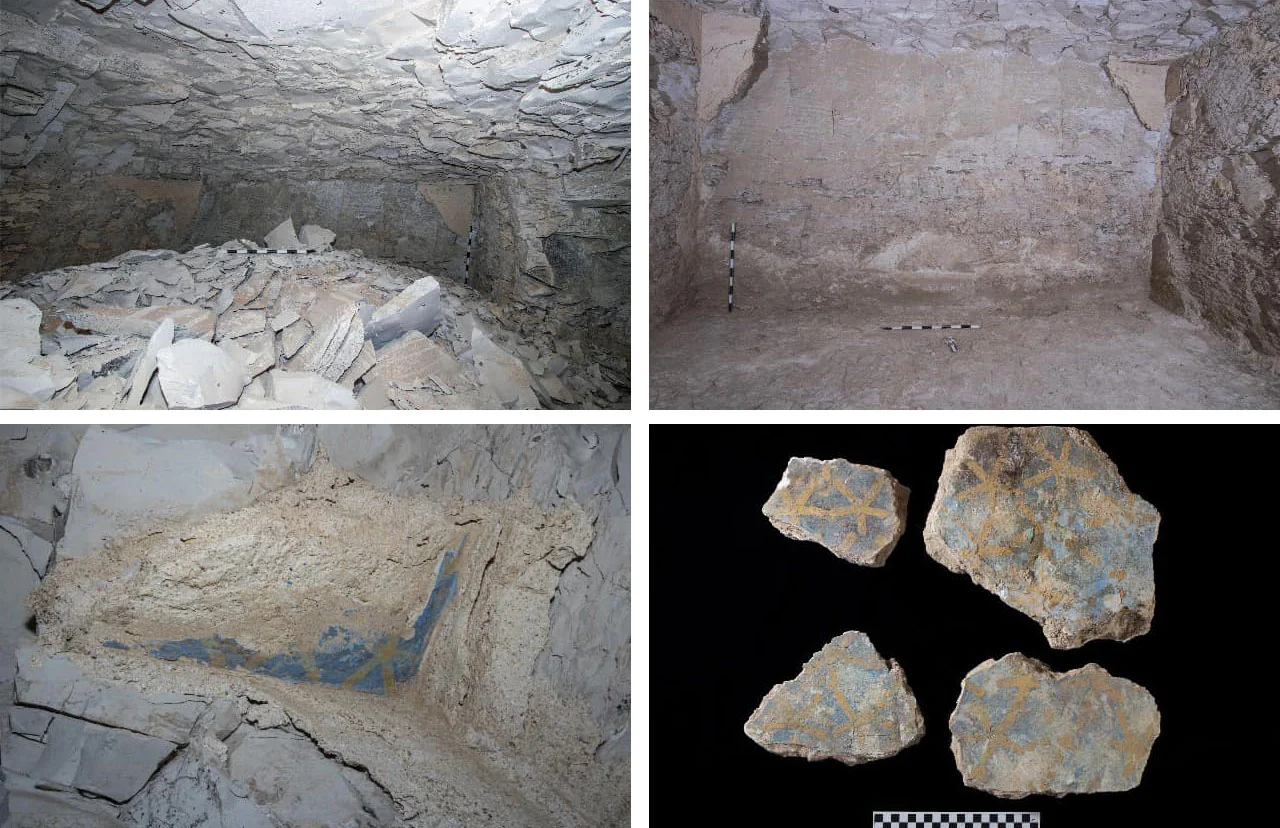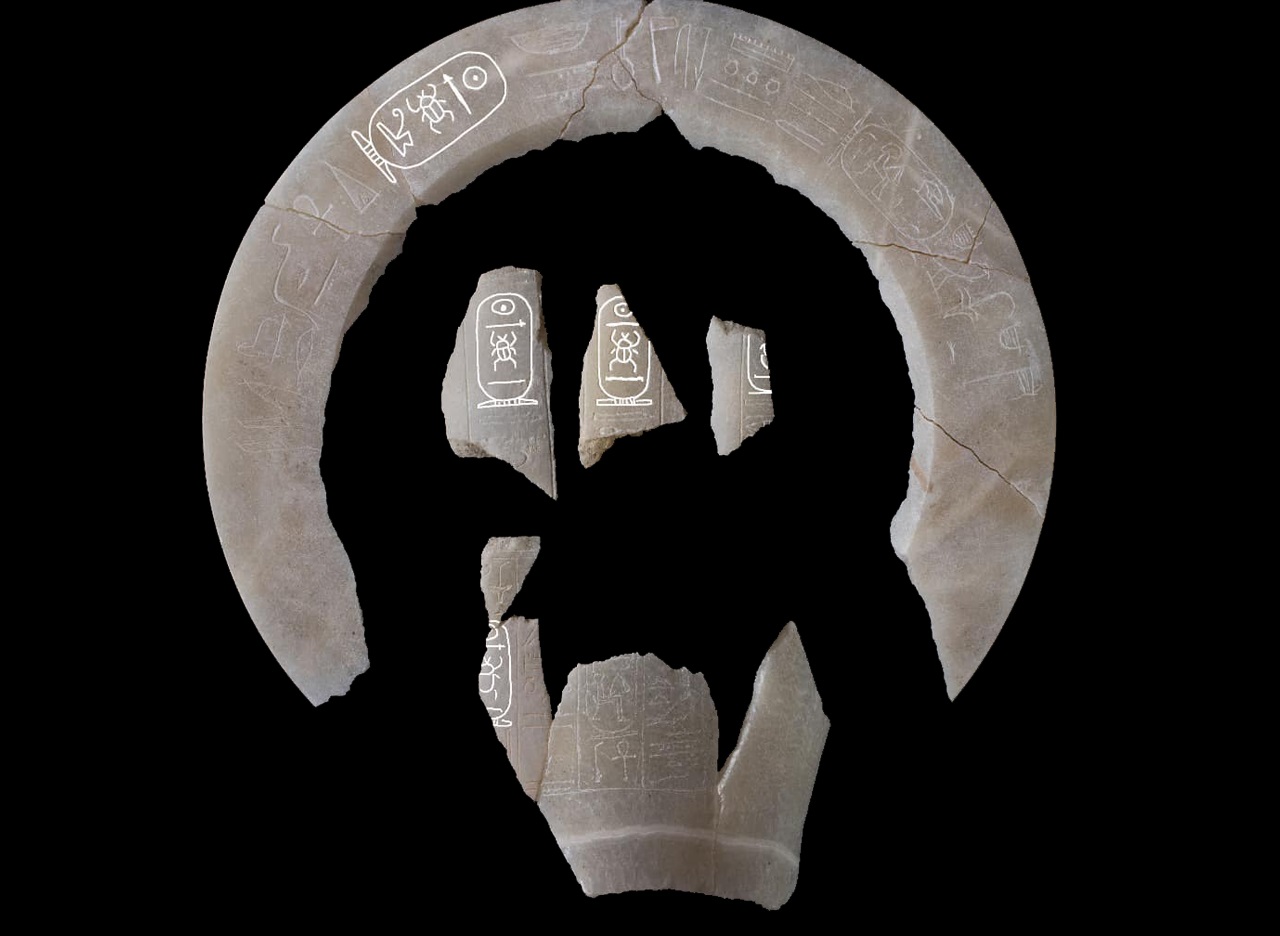A joint English-Egyptian archaeological mission has discovered the tomb of Thutmose II, the fourth Pharaoh of the Eighteenth Dynasty of Egypt.
Thutmose II, the son of Thutmose I and his lesser wife, Mutnofret, remains a relatively obscure figure in history. His reign appears to have been overshadowed by his half-sister and wife, Hatshepsut, who held full royal lineage and later assumed the throne as pharaoh.
Many archaeologists believe that Hatshepsut wielded the true power during Thutmose II’s reign. After his death, Hatshepsut usurped many of his monuments and replaced his name in royal cartouches with her own.
In October 2022, archaeologists from the Supreme Council of Antiquities and the New Kingdom Research Foundation (University of Cambridge) discovered a large royal tomb in the Wadi Gabbanat el-Qurud in the Western Wadis.

The tomb, designated C4, was initially believed to belong to a royal consort due to its proximity to the tombs of Thutmose III’s wives and Queen Hatshepsut.
However, an ongoing study has now identified C4 as the tomb of Thutmose II – the first discovery of a royal tomb belonging to an Ancient Egyptian pharaoh since the discovery of King Tutankhamun in 1922.
Dr. Mohamed Ismail Khaled, Secretary-General of Egypt’s Supreme Council of Antiquities, explained that fragments of alabaster vessels discovered in the tomb bear inscriptions identifying Thutmose II as the “deceased king,” alongside the name of his wife, Hatshepsut.
Dr. Piers Litherland, head of the English team at the site, said: “The tomb is characterised by a simple architectural design typical of those chosen by the successive rulers of Egypt who came after Thutmose II.”
At some point during antiquity, Thutmose II was relocated to the Royal Cache (known as TT320) next to Deir el-Bahari in the Theban Necropolis, where he was interred along with other 18th and 19th dynasty leaders until the Royal Cache was rediscovered in the 19th century.
Header Image Credit : Ministry of Tourism and Antiquities
Sources : Ministry of Tourism and Antiquities





